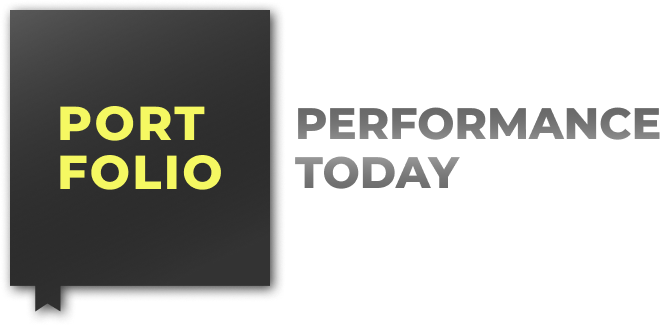

- 68 per cent of senior IoT decision makers agree that cheap IoT connectivity providers aren’t a good long-term investment while up to 99.6 per cent of IoT deployments fail to meet required connectivity levels
- Eseye identifies five critical steps to calculating the true cost of IoT and ensuring long-term profitability
A narrow focus on cheap connectivity is undermining the business case for many Internet of Things (IoT) projects, leading to hidden costs and significant performance gaps, according to a new analysis by Eseye, a global leader in IoT connectivity solutions.
Eseye’s new report, “Beyond the Price Tag: The True Cost of IoT Connectivity,” warns that this focus on low upfront costs is often a false economy. 68 per cent of senior IoT decision makers agree that cheap IoT connectivity providers aren’t a good long-term investment, and the report urges businesses to look beyond the initial sticker price to calculate the true Total Cost of Ownership (TCO).
The TCO of IoT connectivity encompasses all costs associated with designing, deploying, and maintaining connectivity throughout a device’s lifecycle to understand the true value of the investment.
In the report, Eseye has identified five critical steps businesses must take when assessing an IoT initiative:
- Assess the Full TCO, Not Just the Initial Price: Businesses need to look beyond the initial SIM or connectivity quote, they must evaluate all expenses over the device’s lifecycle, including potential service downtime, maintenance and vendor management.
- Link Connectivity Directly to Revenue and Service Levels: For business models like EV charging points or vending machines, a connectivity outage directly results in lost revenue and customer dissatisfaction. For critical applications like remote health monitors, 100% uptime is non-negotiable.
- Design for the Entire Device Lifecycle: Considering connectivity needs during the design phase is key to maximizing TCO. This includes optimising battery life—which can be extended by as much as a third with the right technology—and designing a single global SKU to save over $1 million in logistics, engineering and compliance costs.
- Control Operational and Data Roaming Costs: When deploying devices globally, unexpected data roaming charges can result in huge bills. Using solutions like eSIM localisation allows devices to remotely switch to the most cost-effective local network, which can reduce data costs by 60-80%.
- Mitigate Future Network Risk: The technology landscape is constantly changing, as evidenced by the recent 3G network shutdowns in the UK by operators like Vodafone and EE. Devices not designed for 4G and beyond, like some early Nissan Leaf electric vehicles, have faced manual upgrades or withdrawal from service.
“Too many promising IoT projects are undermined by a short-sighted focus on upfront costs, leaving them vulnerable to connectivity failures, spiralling operational fees, and an inability to scale. In a survey of senior IoT decision-makers, Eseye found that 99.6% of IoT deployments fail to meet required connectivity levels,” said David Langton, CMO at Eseye.
“Enterprises are often tempted by the cheapest per-unit connectivity offer, but this rarely delivers the best long-term value. Our TCO framework is designed to give executives the clarity they need to make strategic decisions, turning IoT from a cost centre into a significant driver of profitability and new revenue opportunities.”
The impact of applying a TCO framework is significant. In a worked example detailed in the whitepaper, Eseye partnered with a global advertising brand to assess its connectivity strategy. The 5-year TCO assessment identified a net saving of £8.8 million. These savings were achieved across multiple dimensions, including the elimination of redundant hardware, reduced data fees, fewer outages, and the avoidance of vendor lock-in.
The post Overlooking Total Cost of IoT Ownership Risks Millions in Hidden Costs, Eseye Report Warns appeared first on IoT Business News.
